From the top of Takht-E-Sulaiman, also known as Shankaracharya Hill, the Jhelum River meanders through the city of Srinagar, bifurcating it into two distinct halves. Spanning this natural divide, more than eleven bridges link the two sides. For centuries, the pulse of life in Srinagar has reverberated along the riverbanks, from morning ablutions to evening conversations with historians, earning it the revered epithet of the 'Riverine City'.
These bridges, predominantly built in the Cantilever design - characterized by a horizontal span supported by two slanted structures - stand as enduring symbols of the architectural prowess of Kashmir's Shah Miri Sultans and the Mughals. Named after the rulers who commissioned their construction, these bridges add a layer of historical depth to the cityscape.`
Locally referred to as Kadals, these bridges not only serve as physical connectors but also as cultural touchstones with each bridge narrating a distinct ordeal of each locality.
The influence of these bridges was so imperative that the localities around these bridges got the same name as that of the Kadal, with top business firms including Kashmir’s Artisanry established across both sides of these bridges.
Back then, the river served as a primary mode of transportation, with people using boats called ‘Naavi Taar Dyun’ in Kashmiri to traverse its waters.
From tax collections to serving as stakes for punishments, these bridges have witnessed various transformations influenced by the shifting political scenarios of Kashmir.
Zero Bridge: Now a bustling cafe hub, Zero Bridge is the first bridge where Jhelum river enters Srinagar from south Kashmir. It was commissioned by Bakshi Ghulam Mohammad, the then Prime Minister of the erstwhile state of Jammu and Kashmir in the 1950's.
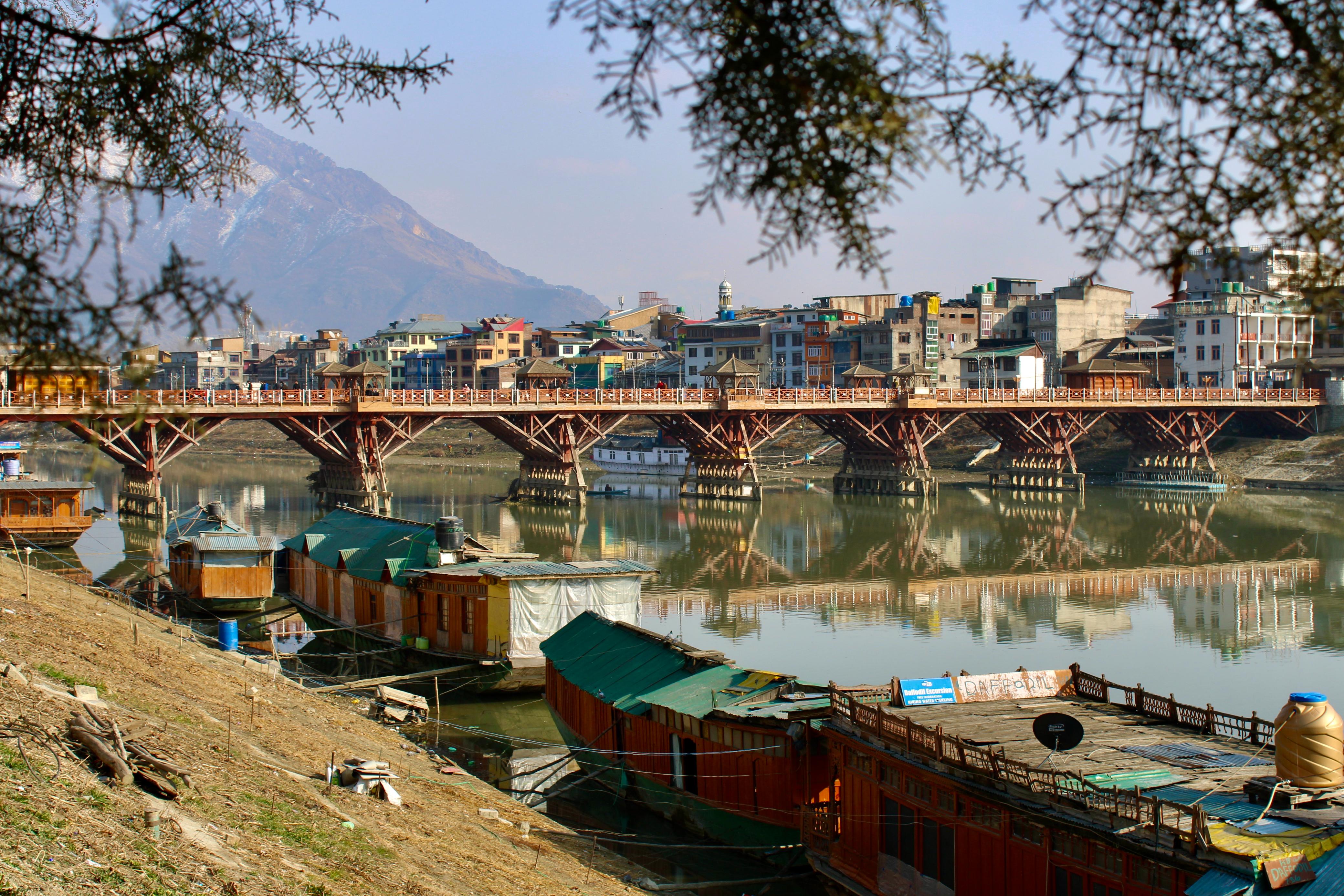
Houseboats in perfect row along Jhelum River near Zero Bridge. Photo by Hashim Zakir
As the anti-India movement gained prominence in Kashmir in the late 1980s, Zero Bridge was closed to vehicular traffic, allowing only pedestrians to cross. Paramilitary bunkers were erected on both sides, effectively transforming it into a footbridge.
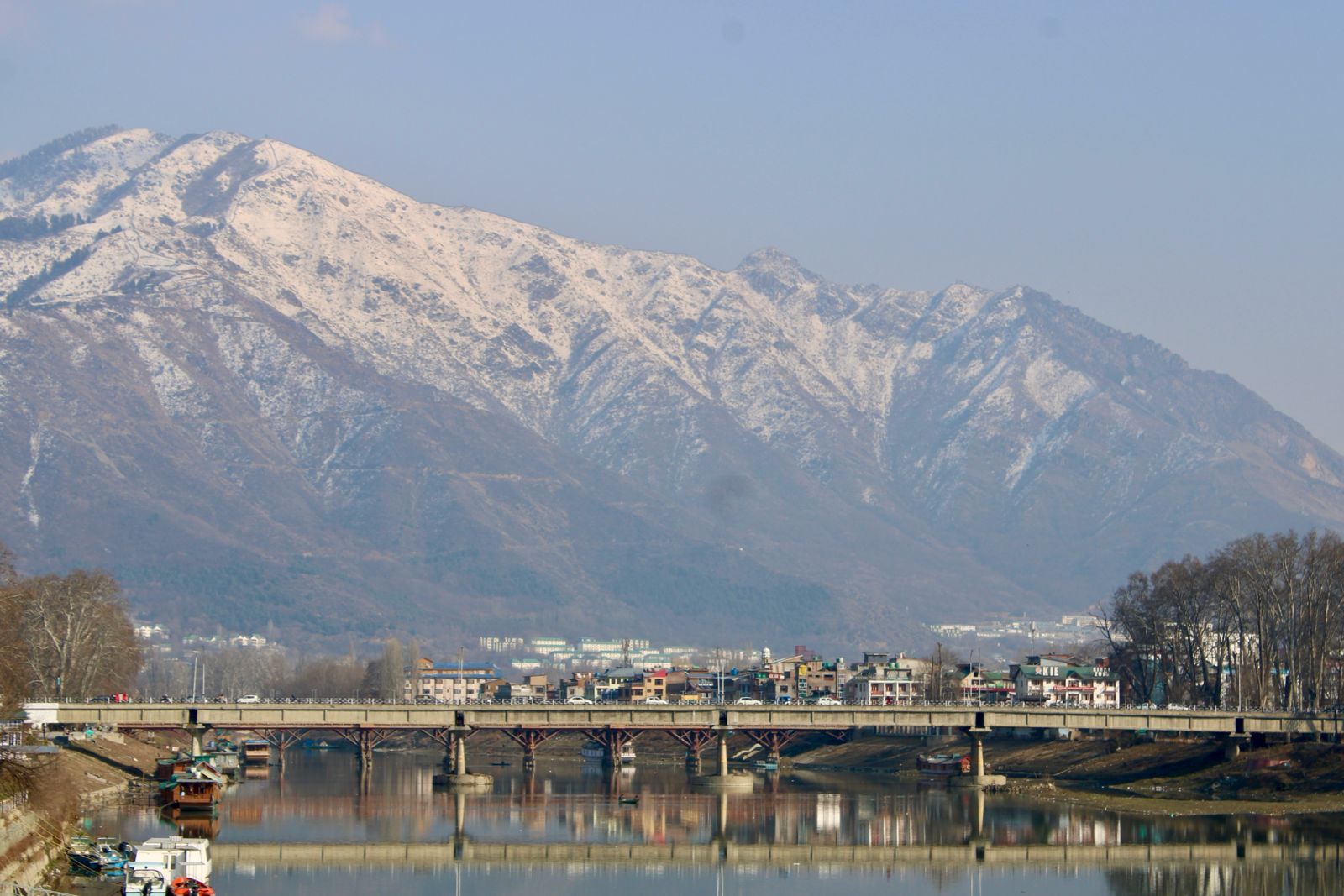
Intrigued by its influence, a group of Kashmiri youth formed a rock band in New York, paying homage to their roots by naming it ‘The Zero Bridge Rock Band.’  Buzzing café hub by Zero Bridge. Photo By Hashim Zakir
Buzzing café hub by Zero Bridge. Photo By Hashim Zakir
Amira Kadal: The bustling shopping hub of the city, has been a focal point since its inception. From the remorseless Afghan tax-collectors flogging their way to get Zar-I-Habubat (tax from farmers) to the footfalls of the hob-nailed boots of Dogras scaring the masses away, the Amira Kadal bridge has been a doubtless witness to the history of Kashmir.

Amir-ud-din Khan Jawan Sher built this bridge in 1774 AD. It's noted that King Amir Khan Sher Jawan also enlisted the help of boatmen, known as Hanjis, to assist in its construction.
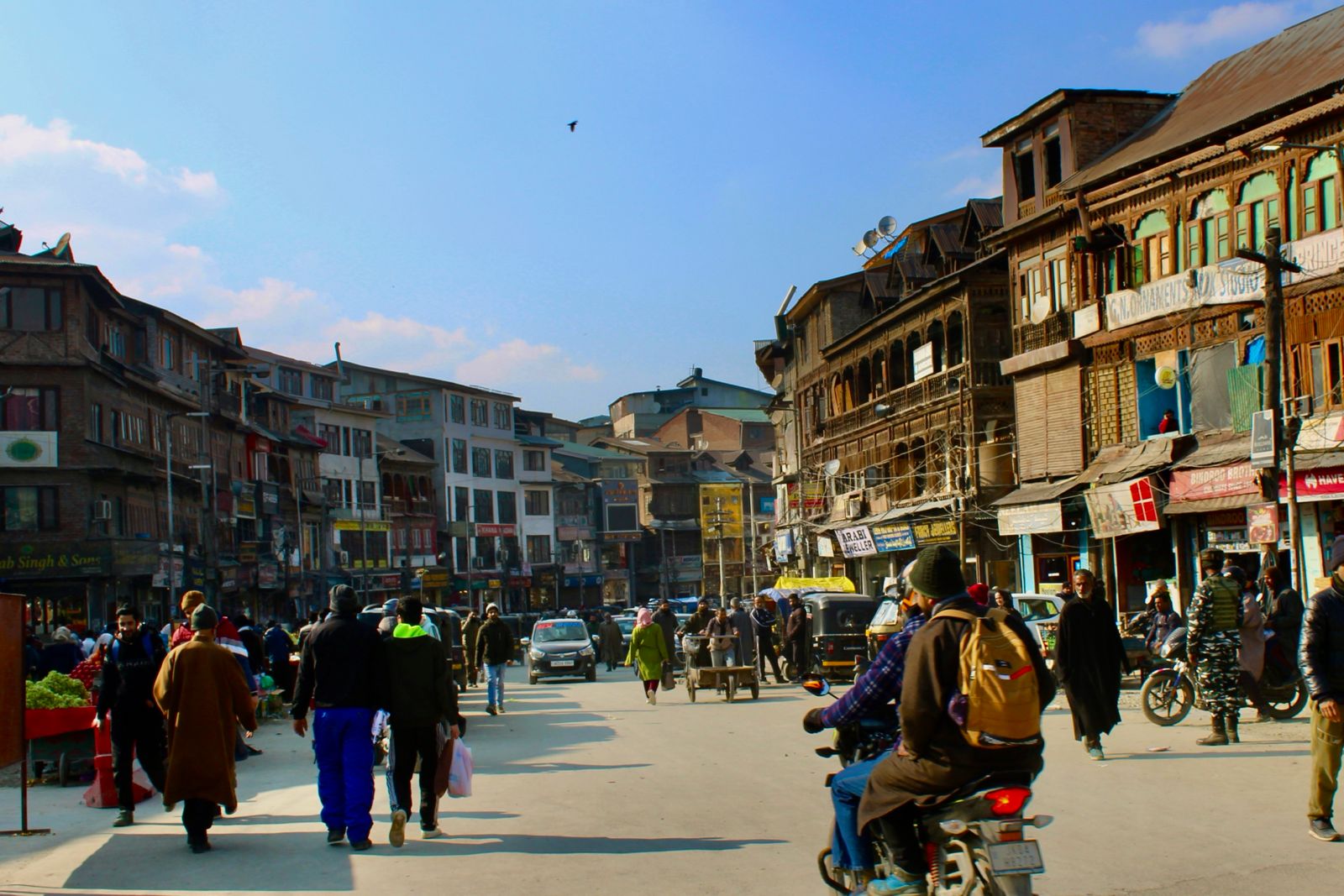 Famous Hari Singh Street In The vicinity of Amira Kadal. Photo By Hashim Zakir
Famous Hari Singh Street In The vicinity of Amira Kadal. Photo By Hashim Zakir
Habba Kadal: Some historians believe Sultan Habib Shah from the Shahmiri Dynasty built this bridge in 1551 AD, while others credit Yousef Shah Chak, who ruled from 1579 to 1586, and believe he named it after his wife and queen, Habba Khatoon.
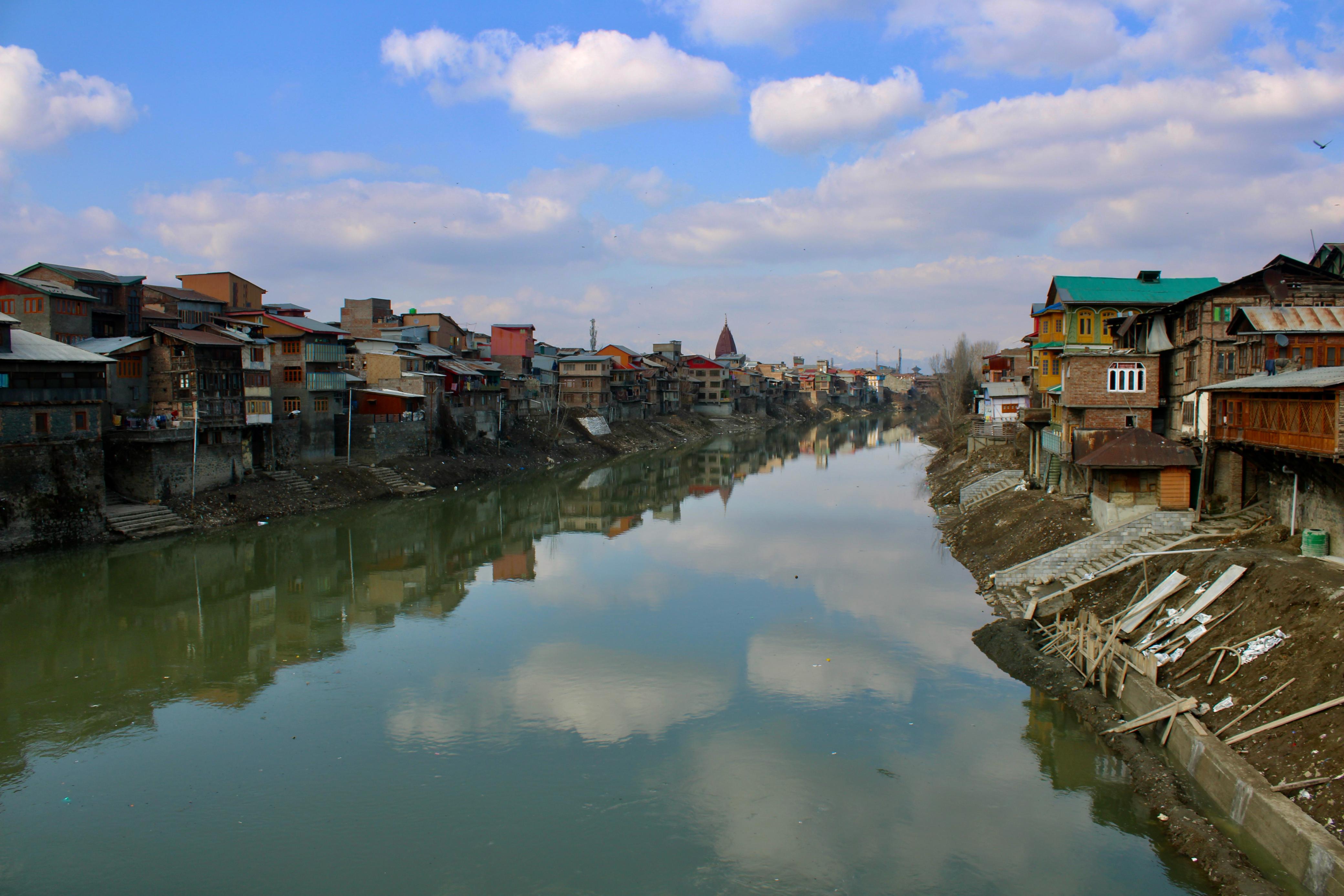
Habba Kadal was initially a major stop for tongas (horse carts) traveling on the Amira Kadal-Zaina Kadal route. However, with the introduction of minibuses in the city, it evolved into a hub for minibuses.
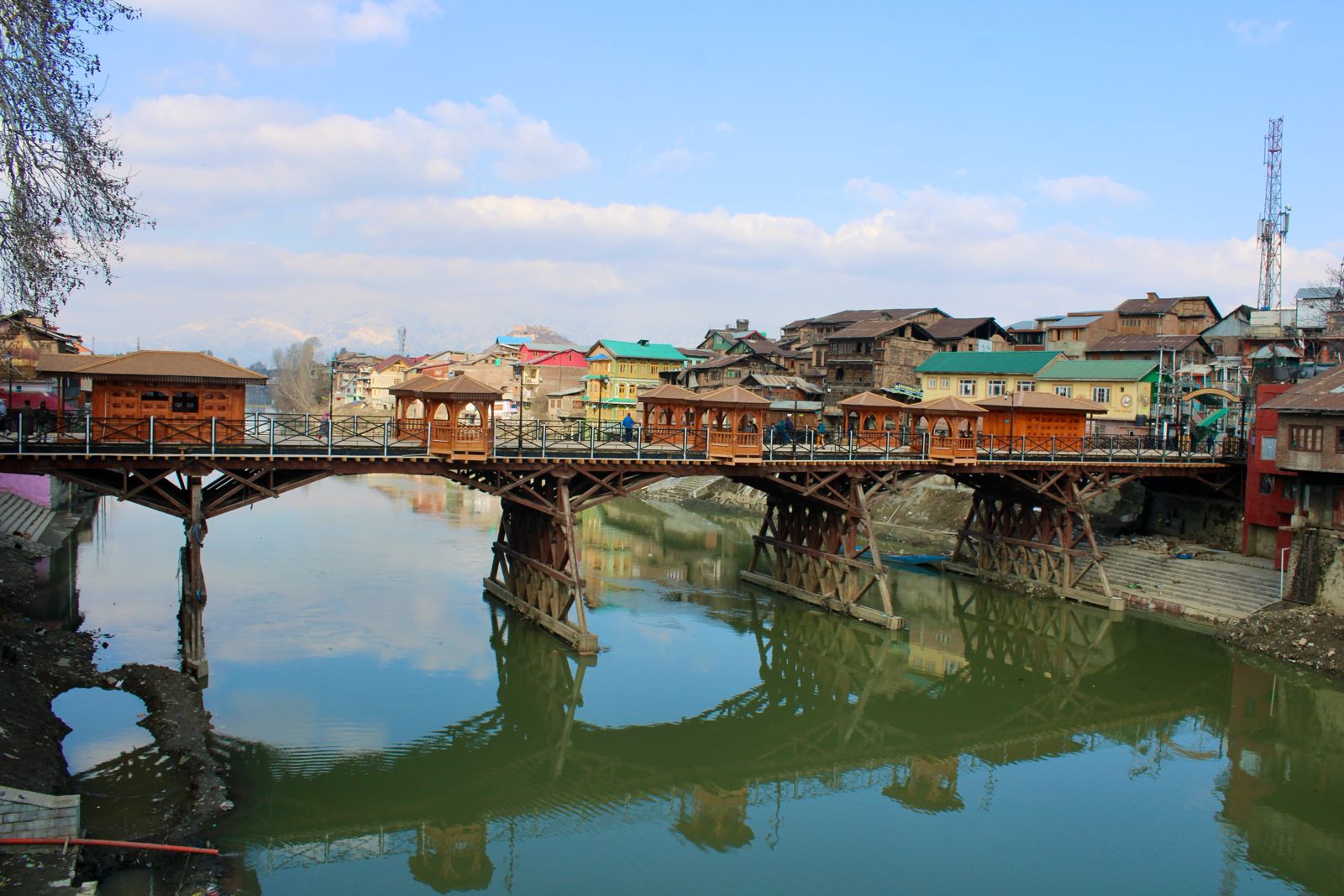
Fateh Kadal: During the Sultanate period, Fateh Kadal was famous for its handloom, woodcarvers, and artisans. Over time, it became the heart of Mughal entertainment.
 Fateh Kadal Locality. Photo By Basit Zargar
Fateh Kadal Locality. Photo By Basit Zargar
Even today, you can find Kashmir's urban artisan establishments around this bridge. Originally built by Sultan Fateh Shah in 1520 C.E., it was an 88-yard-long wooden cantilever structure supported by three piers.
 View From Ali Kadal. Photo By Basit Zargar
View From Ali Kadal. Photo By Basit Zargar
Zaeine Kadal/Zaina Kadal: The famous market of Maharaj Gunj is situated in this area, offering everything one needs for a Kashmiri wedding. Sultan Zain-Ul-Abideen, also known as Budshah (The Great King), built this bridge in just six years, completing it in 1427 C.E.
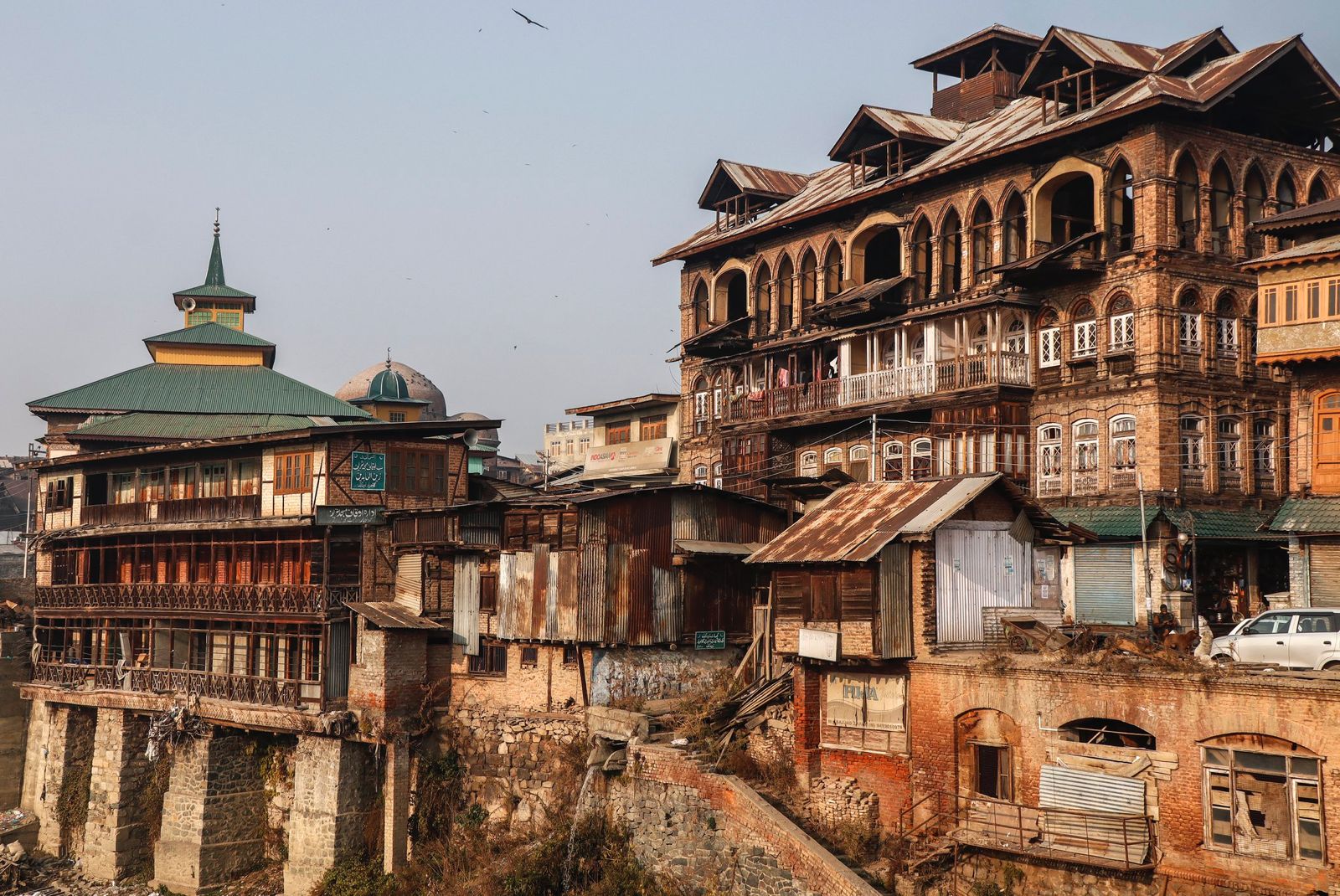 Zaina Kadal Locality. Photo By Basit Zargar
Zaina Kadal Locality. Photo By Basit Zargar
Budshah's vision was to connect the two halves of the city, thus enhancing accessibility. Adjacent to the left side of the bridge is the Tomb of Budshah's mother, a rare architectural gem in Kashmir. It features a dome, making it one of the few tombs with this design in the region.

In his book "The Valley of Kashmir," Walter Lawrence notes, "The Zaina Kadal, or the fourth bridge of the city, used to be the center for spreading false rumors, but now the rumor-mongers have shifted to the first bridge, the Amira Kadal."

During the Dogra Period, Zaina Kadal also served as a site for hangings. Gallows were constructed by the Dogra rulers, and people sentenced to death would be hung there until their bodies were consumed by birds.
Ali Kadal: A prominent feature of this bridge is the alignment of a mosque, a temple, and a shrine, running parallel to each other. This locality is widely known for its traditional Harissa shops, Kashmir’s top traditional winter delicacy.
 Ali Kadal: Where Temple, Shrine, and Mosque Stand in Harmony. Photo By Basit Zargar
Ali Kadal: Where Temple, Shrine, and Mosque Stand in Harmony. Photo By Basit Zargar
Dating back to 1415 A.D., this bridge was constructed by Sultan Ali Shah of the Shahmiri Dynasty and is believed to be the first bridge spanning the Jhelum River.

Aali Kadal houses several revered shrines and temples, including Woosi Saeb’s Shrine, Naran Joo Mandir, and Bulbul Shah’s Shrine. Additionally, it houses the mausoleum of Kashmir’s first Muslim King, Rinchan Shah.

Nawa Kadal: Situated near Ali kadal, this bridge is believed to have been constructed during the Mughal era in 1666 A.D. under the supervision of Noor-Ud-Din Khan. This period marked a time of flourishing art, architecture, and infrastructure development in the region under Mughal rule.
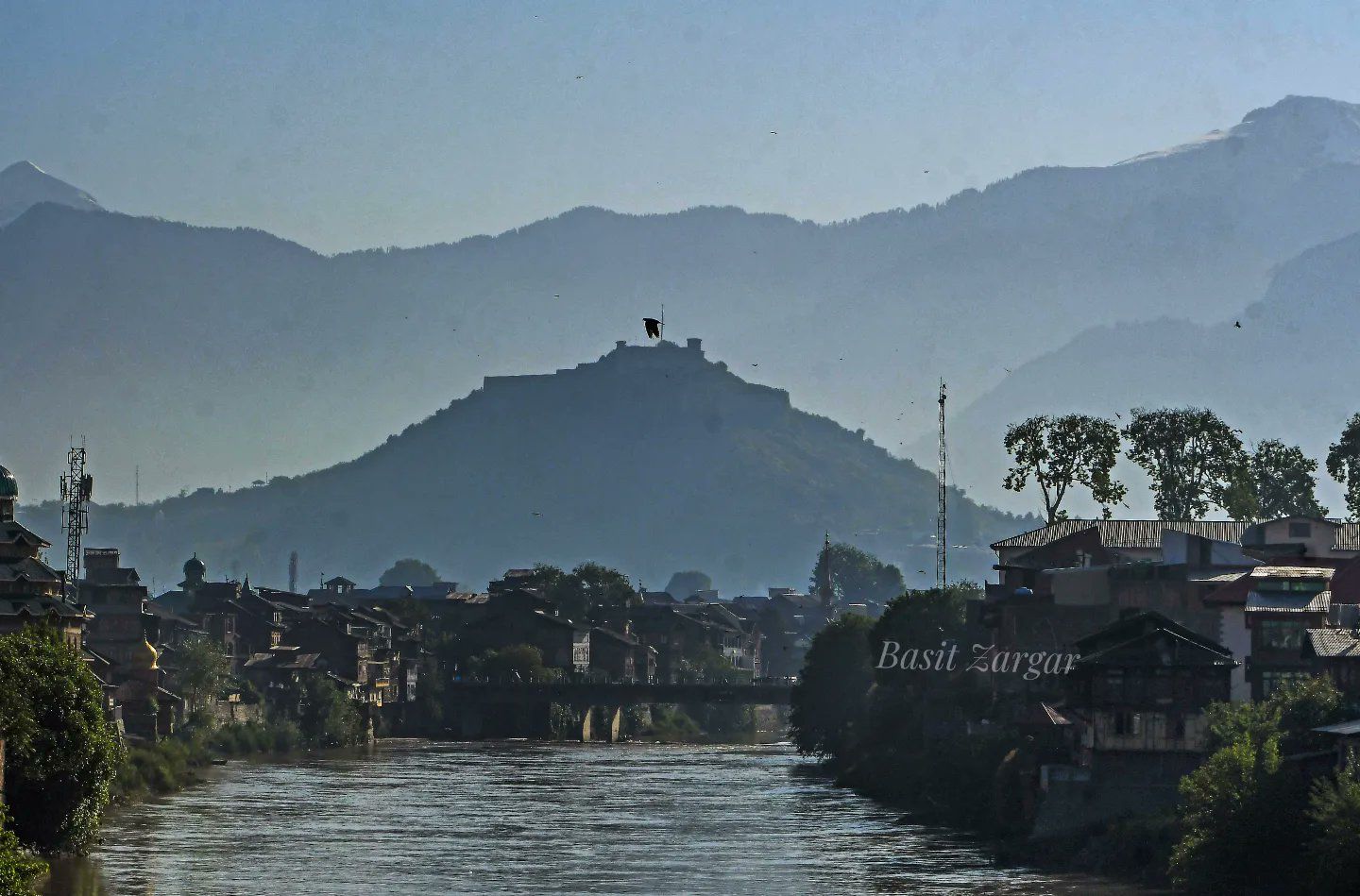
Nawa Kadal has also been a witness to the region's tumultuous history, including periods of conflict and political upheaval.
Safa Kadal: Once a bustling hub for trade along the Silk Route, Safa Kadal features a Botta Sarai, a resting place that stands as a remarkable example of Mughal architecture. This Sarai has traditionally accommodated travelers from the Ladakh region and Yarkand, earning it the name "Yarkand Sarai."
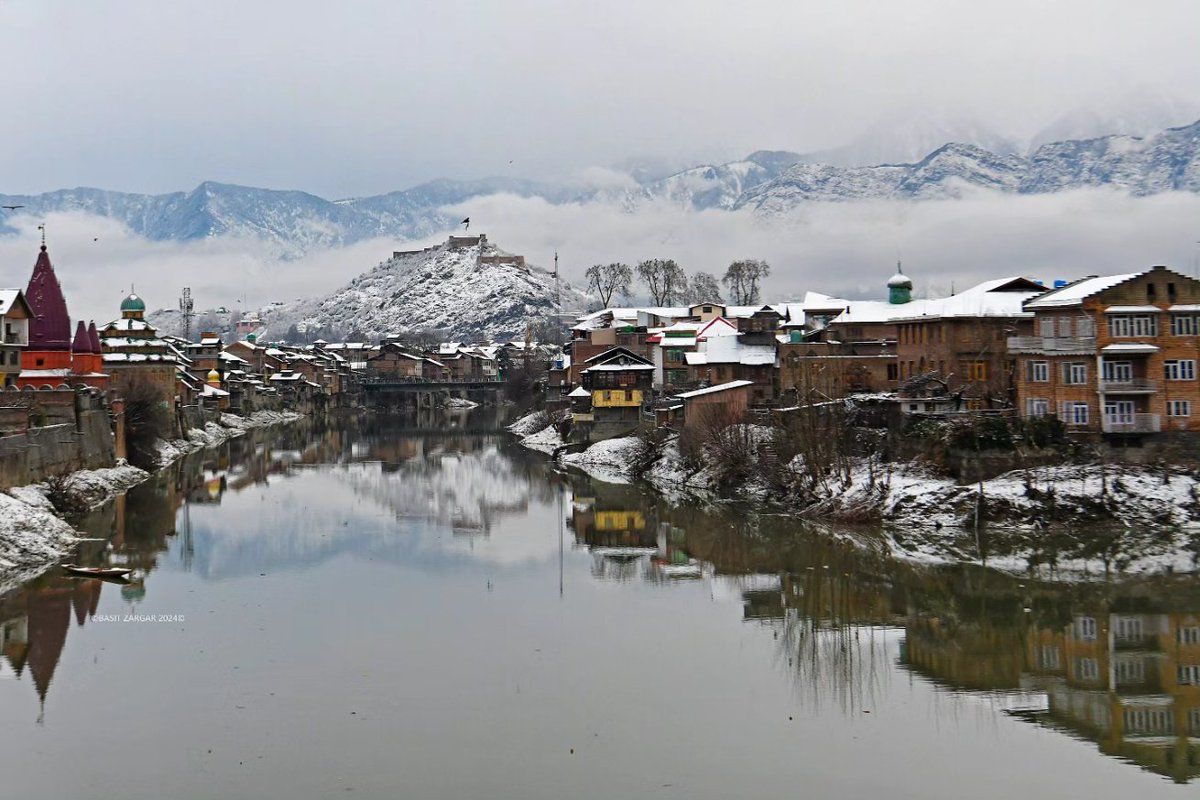
This bridge was built by Saif-Ud-Din Khan during the reign of Aurangzeb in 1671 A.D. Some historians also attribute this bridge to Suha Batta Chief Wazir of Sultan Sikandar Shah and Sultan Zain-Ul-Abideen.
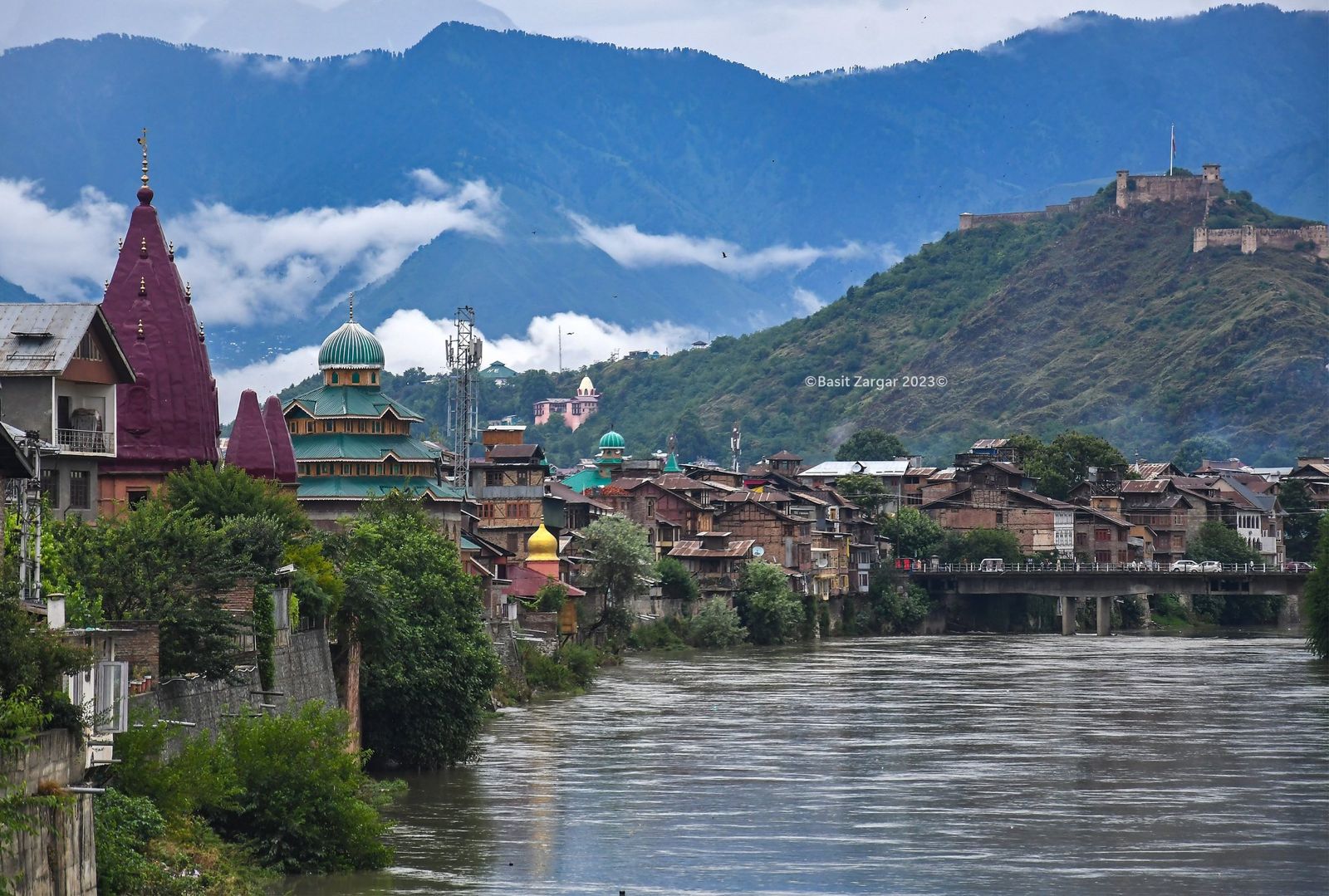
Cement Kadal: One of the oldest concrete bridges in Srinagar, built over the Jhelum River during the 1970s, earned the name 'Cement Bridge.' This bridge, located near Qamarwari, serves as a lifeline for people coming from North Kashmir as it provides the shortest route to reach top hospitals in Kashmir such as SMHS and SKIMS. Notably, there are no bridges beyond this in Srinagar.

Before the construction of the Cement Bridge, a toll collection point known as Guzzar Chowk, or 'Chungi,' operated in this area, gathering toll taxes from people transporting materials across the river.
Budshah Bridge: This bustling bridge serves as a vital link, connecting the New Secretariat with M.A. Road, and holds the distinguished namesake of Zain-Ul-Abideen Badshah.

It stands as a testament to his legacy, with Budshah now honored by two bridges in his name—one downtown, and this prominent one here.
Abdullah Bridge: Srinagar's biggest commercial hub needed connectivity as the Zero Bridge was shut for vehicular movement in the late 1980s. Abdullah Bridge, which runs parallel to Zero Bridge, was constructed in the 1990s, making it the newest of all.
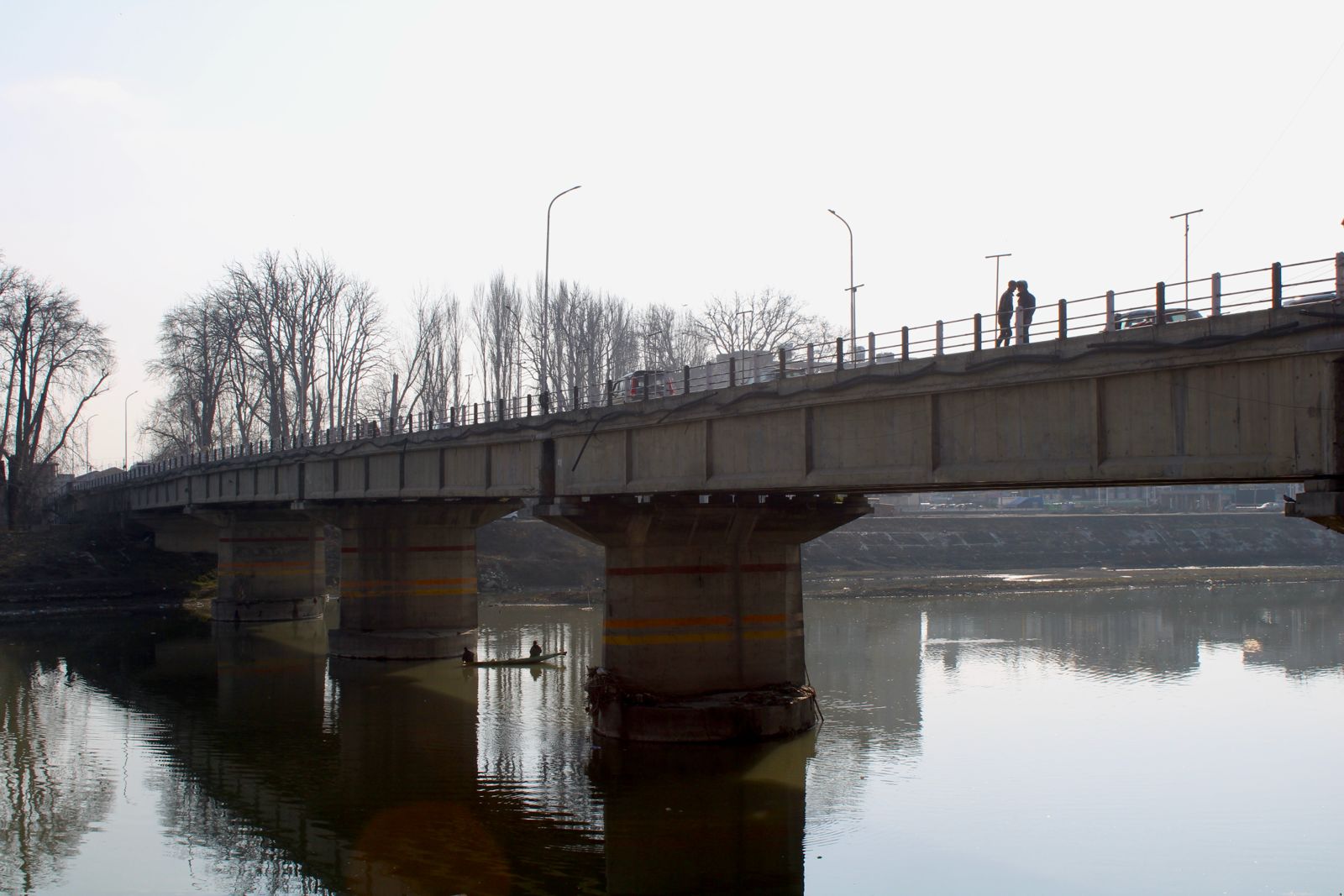
The bridge connects Sonwar Bagh with Rajbagh and is named after Sheikh Mohammad Abdullah, a prominent unionist from Kashmir.